How to Enhance Cybersecurity for Offshore Assets
Offshore assets, including oil rigs, wind farms, and undersea cables, play a crucial role in global infrastructure. Ensuring their cybersecurity is essential, given their remote locations and the critical services they provide. This article explores the key challenges, strategies, and technologies involved in securing offshore assets.
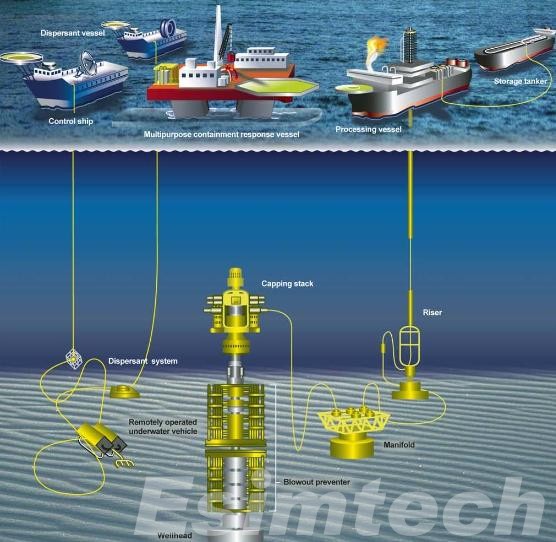
Key Challenges in Cybersecurity for Offshore Assets
Here is a chart highlights the multifaceted challenges faced in securing offshore assets, emphasizing the need for a holistic and dynamic approach to cybersecurity.
| Challenge | Description | Impact |
| Geographical Isolation | Remote locations make it difficult to implement and maintain security measures. | Delays in incident response and maintenance. |
| Complex and Aging Infrastructure | Legacy systems often lack modern security features and are hard to upgrade. | Increased vulnerability to cyberattacks. |
| Diverse Threat Landscape | Includes state-sponsored attacks, cybercriminals, and hacktivists. | Requires a comprehensive and adaptive security strategy. |
| Limited Physical Access | Physical access to offshore sites is challenging and infrequent. | Difficult to perform on-site inspections and updates. |
| Environmental Conditions | Harsh marine environments can damage equipment and hinder maintenance efforts. | Increased risk of hardware failure and security breaches. |
| Supply Chain Vulnerabilities | Reliance on third-party vendors for equipment and software. | Potential for supply chain attacks and compromised components. |
| Communication Constraints | Reliance on satellite and undersea cables for communication. | Vulnerability to communication disruptions and eavesdropping. |
| Regulatory Compliance | Navigating complex international regulations and standards. | Risk of non-compliance and associated penalties. |
| Human Factor | Human errors, lack of training, and insider threats. | High risk of security breaches due to negligence or malicious intent. |
| Technological Obsolescence | Rapid technological advancements outpace current security measures. | Constant need for updates and new security implementations. |
| Cyber-Physical Systems | Integration of IT and operational technology (OT) systems. | Increased attack surface and complexity in securing both domains. |
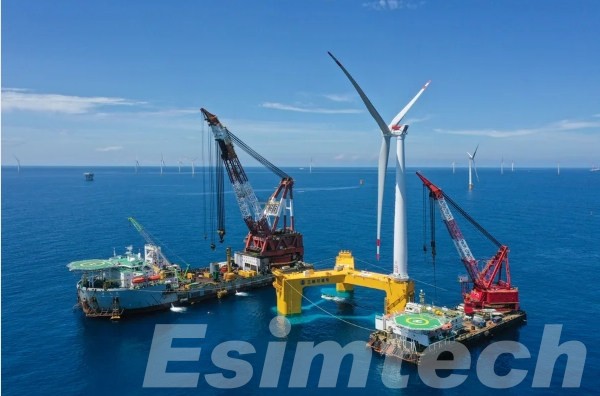
Key Strategies for Protecting Offshore Assets
1. Robust Network Security Architecture
A strong network security architecture is fundamental to protecting offshore assets. This involves several layers of defenses to ensure comprehensive protection.
- Network Segmentation: Isolate different parts of the network to limit the spread of malware and to protect critical systems from less secure areas.
- Firewalls and Intrusion Detection Systems (IDS): Implement firewalls to monitor and control incoming and outgoing network traffic and use IDS to detect suspicious activity.
- Virtual Private Networks (VPNs): Use VPNs to secure remote connections, ensuring that data transmitted between onshore and offshore locations is encrypted and secure.
2. Regular Security Assessments and Audits
Regular security assessments and audits are essential to identify and mitigate vulnerabilities.
- Penetration Testing: Conduct regular penetration tests to identify and address weaknesses in the system.
- Vulnerability Scanning: Use automated tools to continuously scan for vulnerabilities in the network and systems.
- Compliance Audits: Ensure compliance with industry standards and regulations through regular audits, which help maintain a high level of security.
3. Endpoint Protection and Patch Management
Protecting endpoints and ensuring they are up-to-date is critical for maintaining cybersecurity.
- Endpoint Security Solutions: Deploy antivirus and anti-malware solutions on all devices connected to the network.
- Patch Management: Implement automated patch management to ensure all software and systems are updated with the latest security patches to protect against known vulnerabilities.
4. Employee Training and Awareness
Human error is often the weakest link in cybersecurity. Training and awareness programs can significantly reduce this risk.
- Phishing Awareness: Conduct regular training sessions to educate employees about phishing attacks and how to recognize them.
- Security Protocols: Train staff on security protocols and best practices, such as using strong passwords, avoiding unsecured networks, and reporting suspicious activity.
- Incident Response Training: Regularly train employees on how to respond to security incidents to ensure quick and effective action.
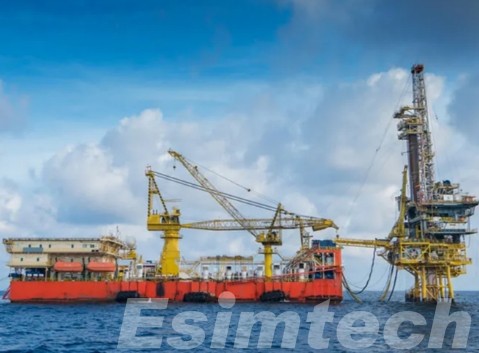
5. Physical Security Measures
Physical security is just as important as digital security in protecting offshore assets.
- Access Controls: Implement strict access controls to ensure that only authorized personnel can access critical systems and areas.
- Surveillance and Monitoring: Use surveillance cameras and monitoring systems to detect and respond to unauthorized access attempts.
- Biometric Authentication: Employ biometric authentication methods, such as fingerprint or retina scanners, for enhanced security.
6. Incident Response Planning
A well-defined incident response plan is crucial for minimizing the impact of a cyberattack.
- Response Team: Establish a dedicated incident response team with clearly defined roles and responsibilities.
- Incident Response Procedures: Develop and document procedures for identifying, containing, eradicating, and recovering from cyber incidents.
- Regular Drills: Conduct regular incident response drills to ensure that the response team is prepared for real-world scenarios.
7. Advanced Technologies for Enhanced Security
Leveraging advanced technologies can provide additional layers of security for offshore assets.
- Artificial Intelligence and Machine Learning: Use AI and machine learning to detect anomalies and potential threats by analyzing vast amounts of data.
- Blockchain Technology: Implement blockchain for secure, immutable records of transactions and data exchanges, ensuring data integrity.
- Remote Monitoring Tools: Use remote monitoring and management tools to provide continuous oversight of offshore assets, enabling real-time detection and response to security threats.
8. Collaboration and Information Sharing
Collaboration and information sharing can enhance cybersecurity efforts across the industry.
- Industry Partnerships: Partner with other organizations in the industry to share threat intelligence and best practices.
- Government Collaboration: Work with government agencies to stay informed about emerging threats and regulatory changes.
- Information Sharing Platforms: Participate in information sharing platforms to receive updates on the latest cyber threats and vulnerabilities.
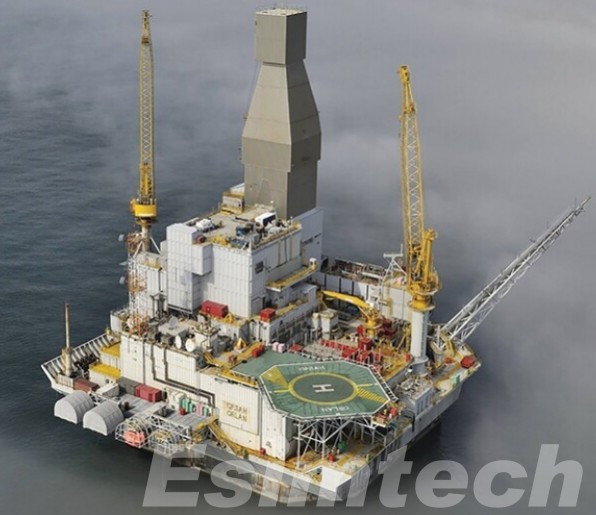
How Simulation Technology is Used to Enhance Cybersecurity for Offshore Assets
Simulation technology provides a safe, controlled environment to test and improve security measures, train personnel, and prepare for potential cyber threats.
1. Cyber Range Simulations
A cyber range is a controlled virtual environment that mimics the network, systems, and infrastructure of real-world scenarios. For offshore assets, cyber ranges can replicate the exact setup of an offshore installation, allowing cybersecurity professionals to:
- Test Defense Mechanisms: By simulating cyberattacks on a replica of the offshore system, security teams can identify vulnerabilities and test the effectiveness of various defense mechanisms without risking actual assets.
- Develop and Validate Response Plans: Cyber ranges enable teams to develop and validate incident response plans. They can practice responding to various attack scenarios, ensuring that they are well-prepared for real-world incidents.
- Evaluate New Technologies: New cybersecurity tools and technologies can be evaluated in a simulated environment to assess their impact and efficacy before deployment in live systems.
2. Training and Skill Development
Simulation technology is instrumental in training and skill development for personnel involved in offshore operations. Given the unique challenges of these environments, hands-on experience in a simulated setting can be invaluable.
- Phishing and Social Engineering Simulations: Training programs can include simulated phishing attacks and social engineering scenarios to educate employees about recognizing and responding to such threats.
- Technical Training: Technicians and engineers can use simulations to learn about the specific cybersecurity measures and protocols needed to protect offshore assets. This includes practicing the deployment of patches, configuring firewalls, and responding to malware infections.
- Incident Response Drills: Regular drilling simulation training system ensure that all team members are familiar with their roles and responsibilities during a cyber incident. This can significantly improve the speed and effectiveness of the response in a real-world scenario.

3. Scenario Planning and Threat Modeling
Simulation technology allows for advanced scenario planning and threat modeling, enabling organizations to anticipate and prepare for various types of cyber threats.
- Threat Modeling: By creating detailed models of potential threats, organizations can understand how different attack vectors might be used against their systems. This includes everything from network intrusions to physical attacks on infrastructure.
- Impact Analysis: Simulations can be used to analyze the potential impact of various cyber threats on offshore operations. This helps in prioritizing security investments and strategies based on the severity and likelihood of different scenarios.
- Resilience Testing: Organizations can test the resilience of their systems against prolonged cyberattacks. This includes evaluating how well backup systems and disaster recovery plans function under simulated attack conditions.
4. Digital Twins
A digital twin is a virtual replica of a physical system that can be used for simulation and analysis. In the context of offshore assets, digital twins can provide a detailed, real-time model of the installation’s operations.
- Real-Time Monitoring and Simulation: Digital twins enable real-time monitoring of offshore systems, allowing for continuous simulation and analysis. This can help detect anomalies and potential security threats as they occur.
- Predictive Maintenance: By simulating the performance of oil rig equipment and systems, digital twins can predict when maintenance is needed, reducing the risk of cyber vulnerabilities due to outdated or failing components.
- Optimization of Security Measures: Security measures can be optimized using digital twins, as they allow for the testing of different configurations and strategies to find the most effective solutions.
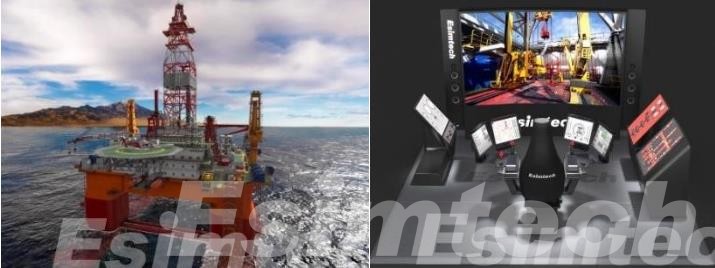
5. Regulatory Compliance and Certification
Simulation technology also plays a key role in ensuring regulatory compliance and obtaining necessary certifications for offshore cybersecurity.
- Compliance Testing: Simulations can be used to test whether the cybersecurity measures in place meet regulatory requirements. This includes simulating compliance audits and identifying areas where improvements are needed.
- Certification Training: Personnel can undergo training and certification programs that use simulation technology to ensure they are well-versed in the latest cybersecurity standards and best practices.
Conclusion
Protecting offshore assets from cyber threats requires a multi-faceted approach, incorporating robust network security, regular assessments, endpoint protection, employee training, physical security, simulation technology, etc. Organizations can enhance the security and resilience of their offshore operations, ensuring the continued protection of these vital components of global infrastructure through through implementing these strategies.
